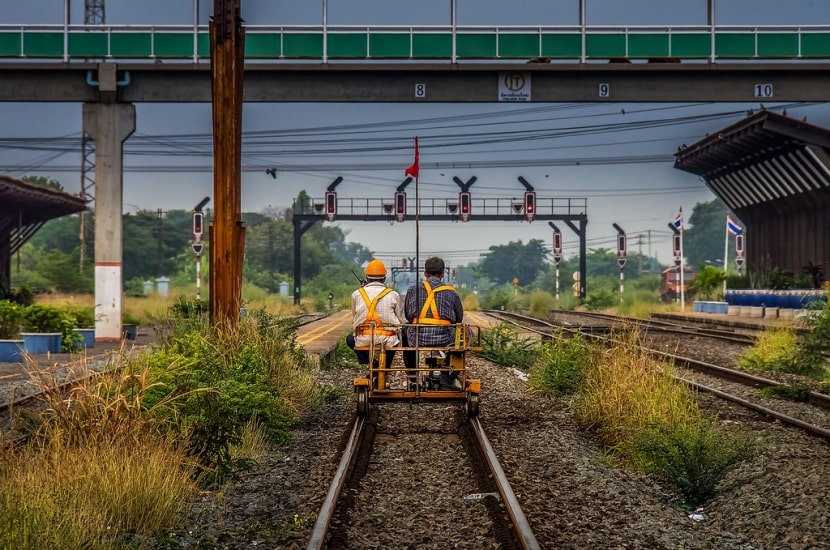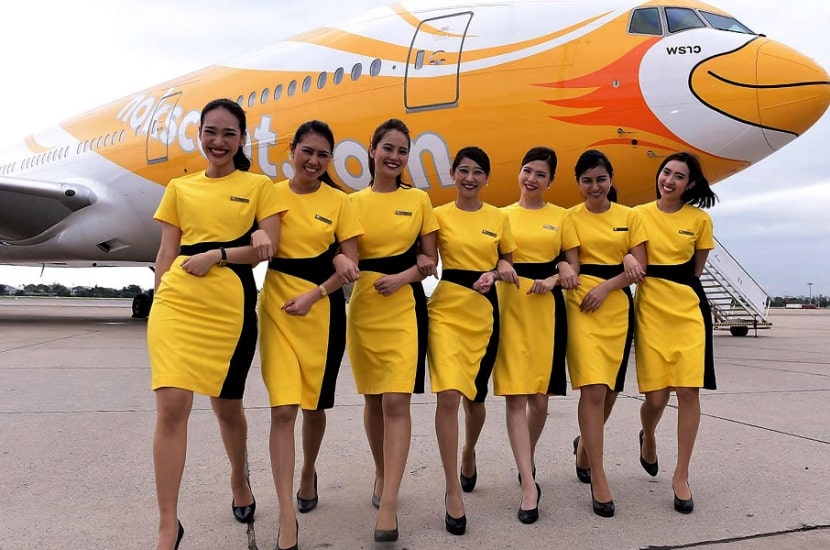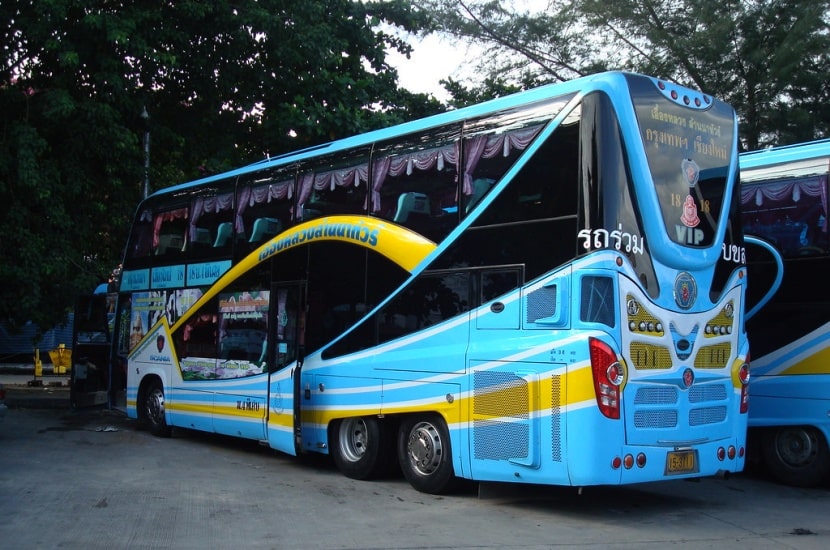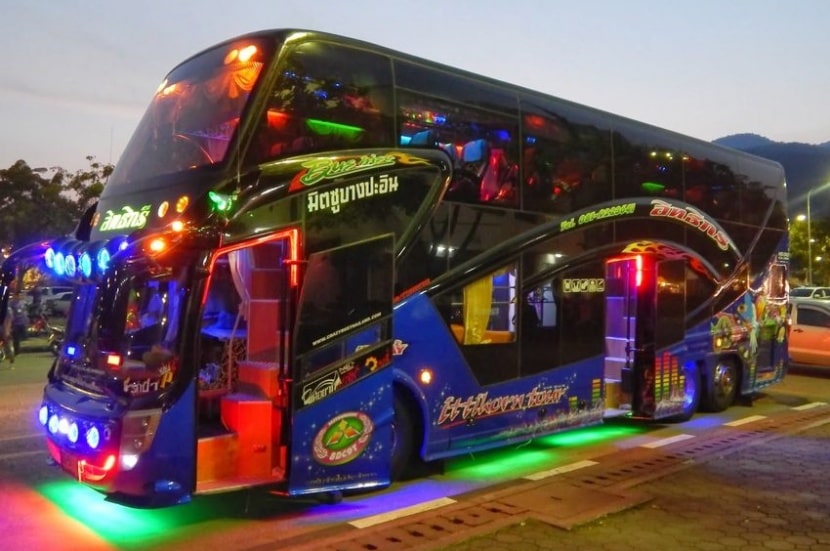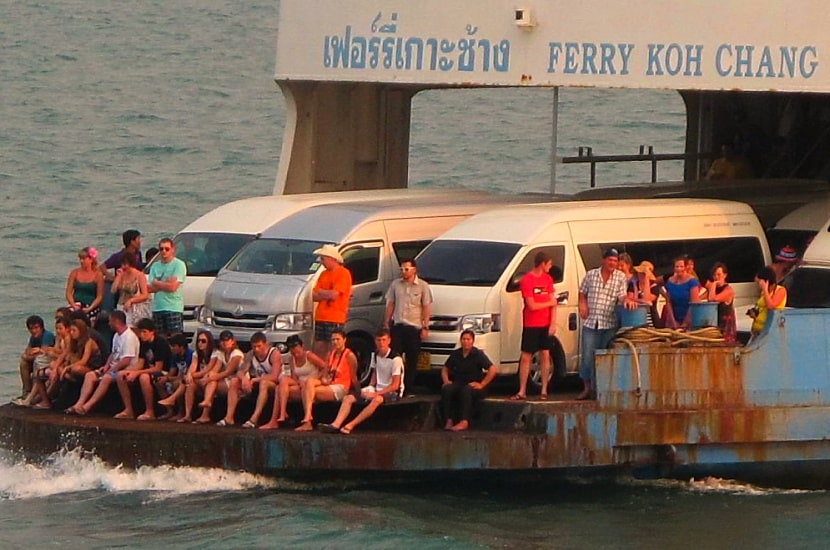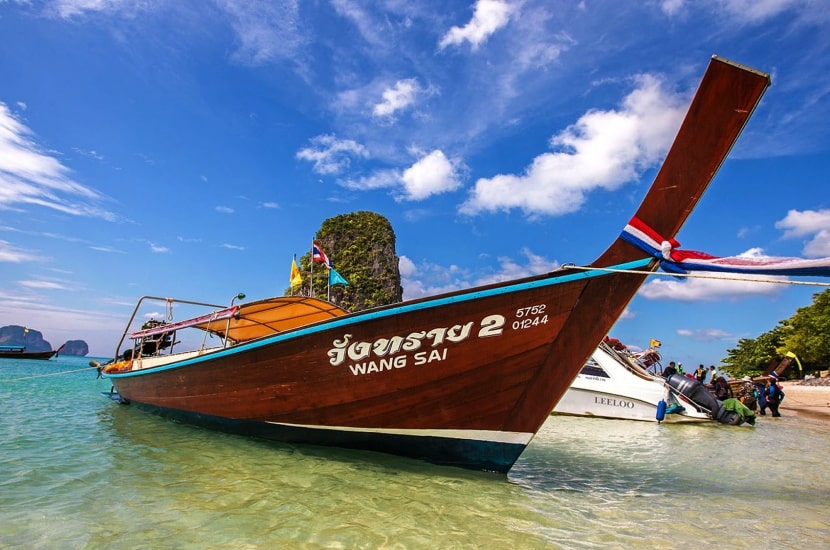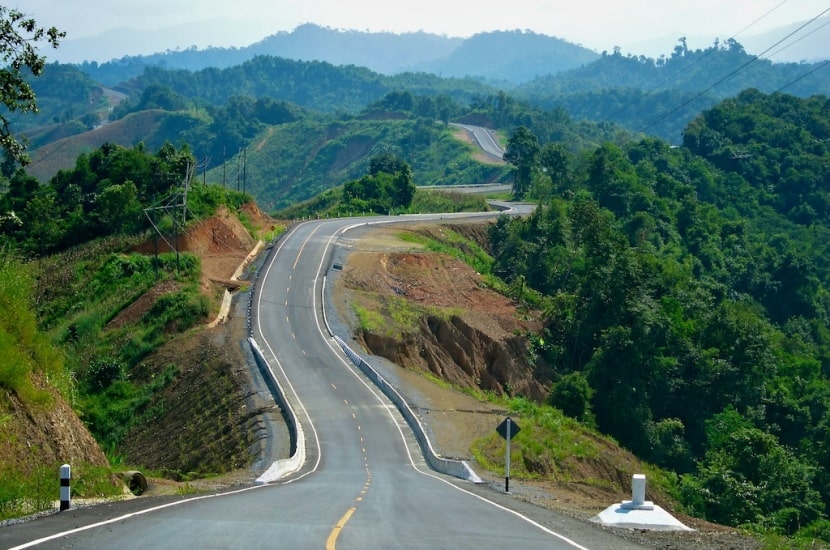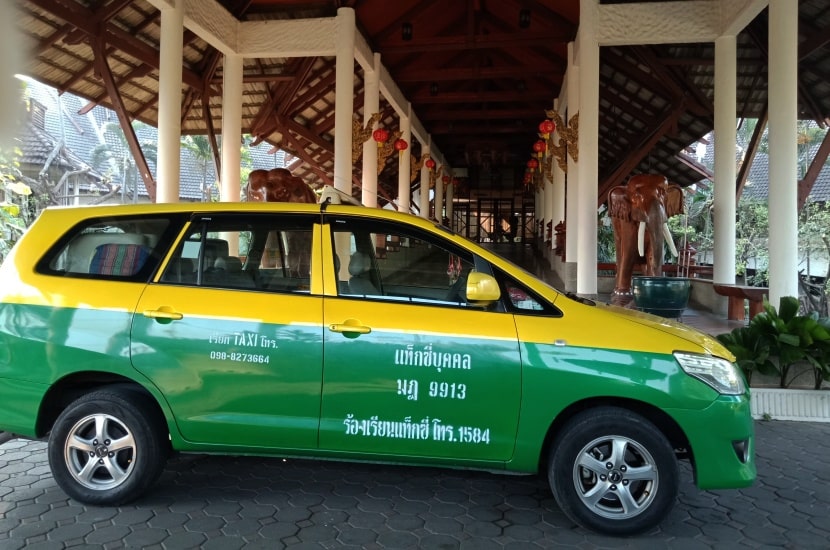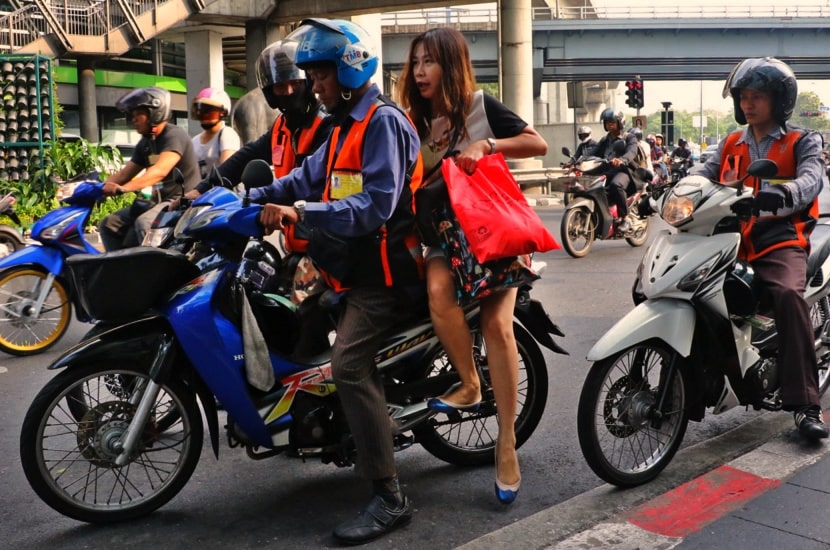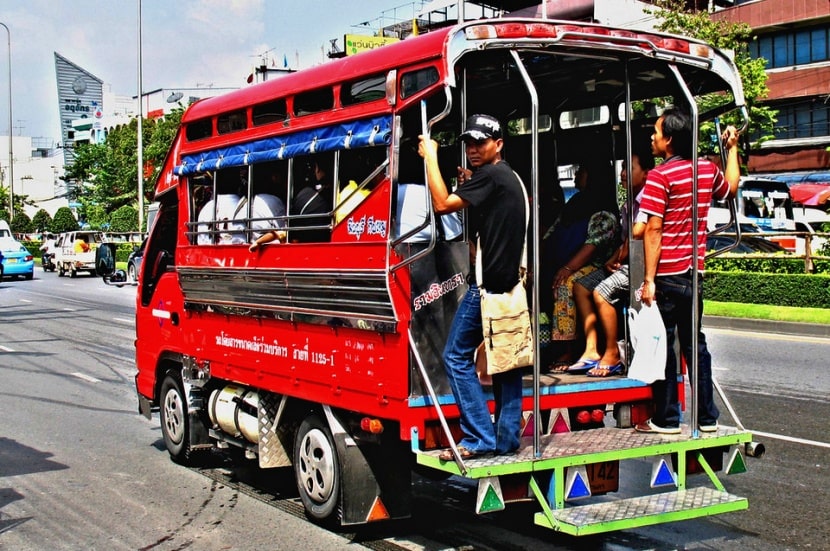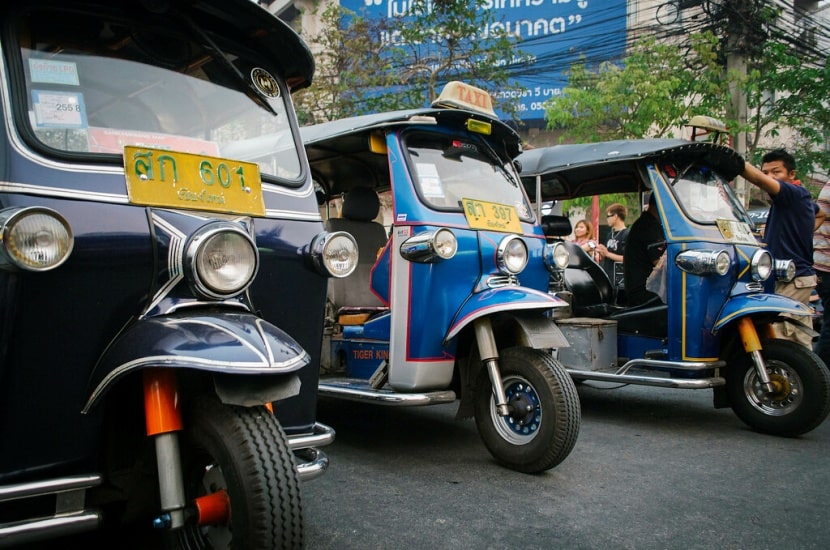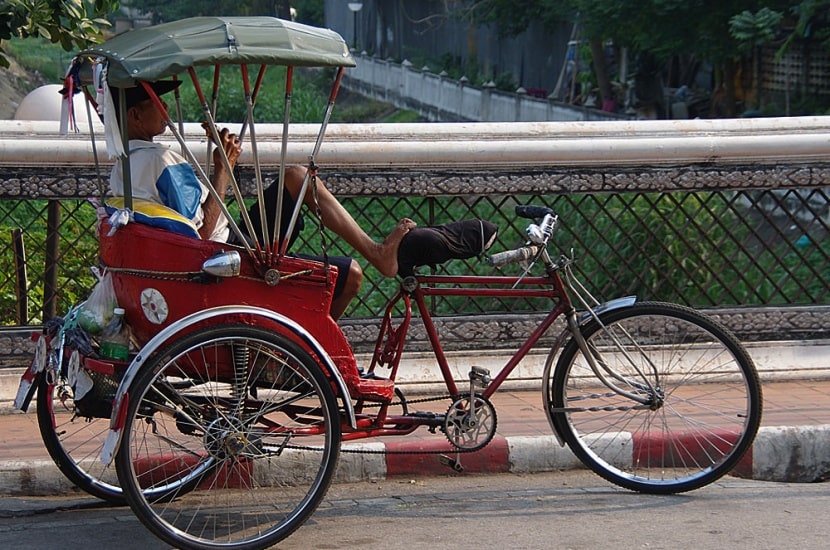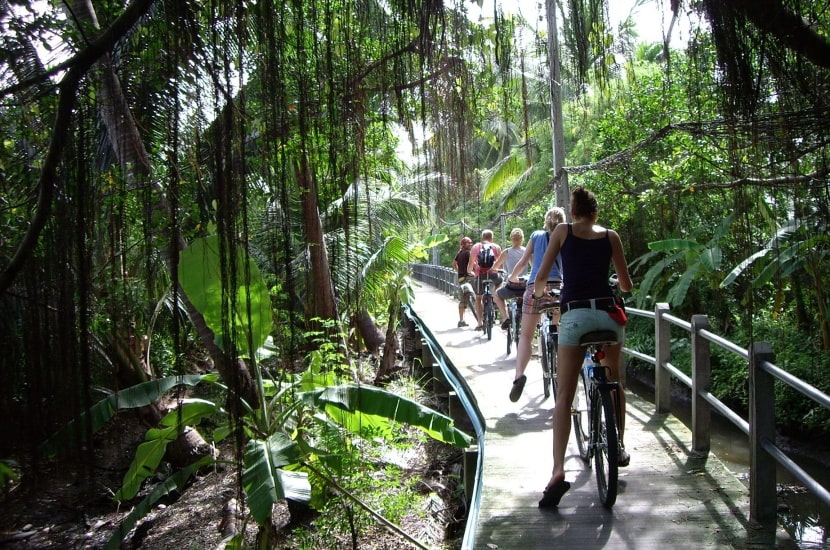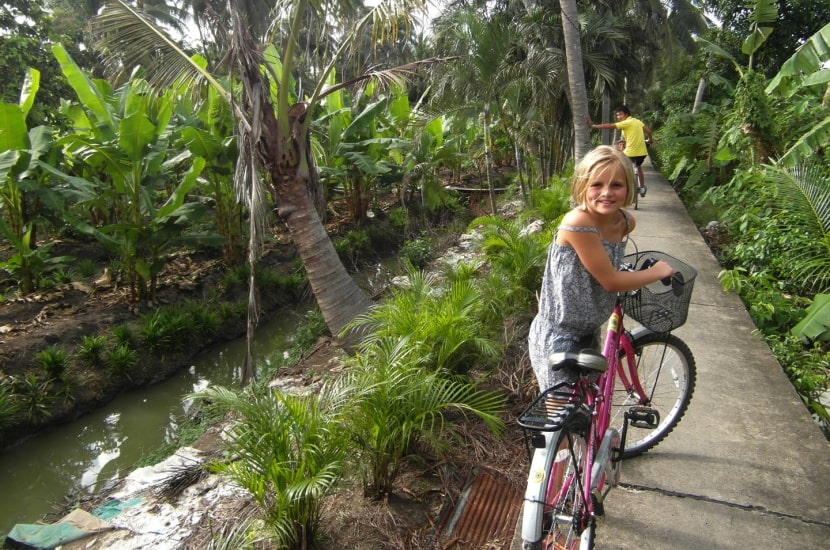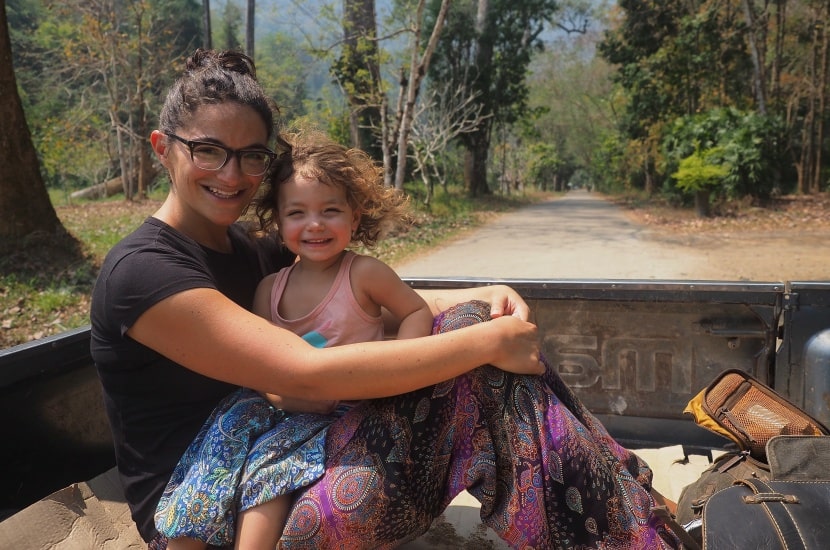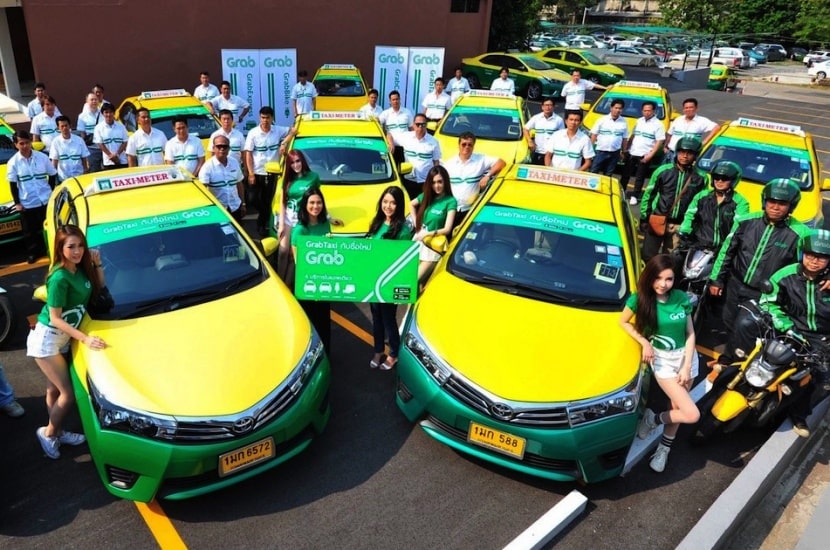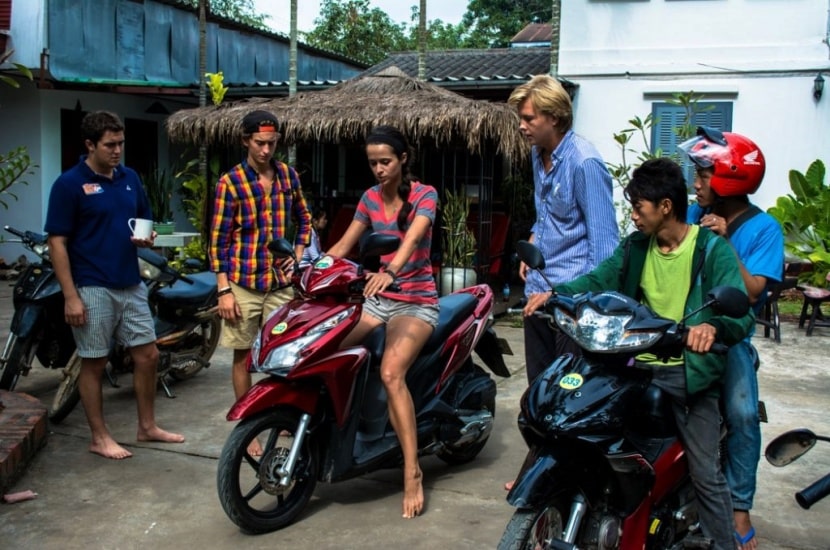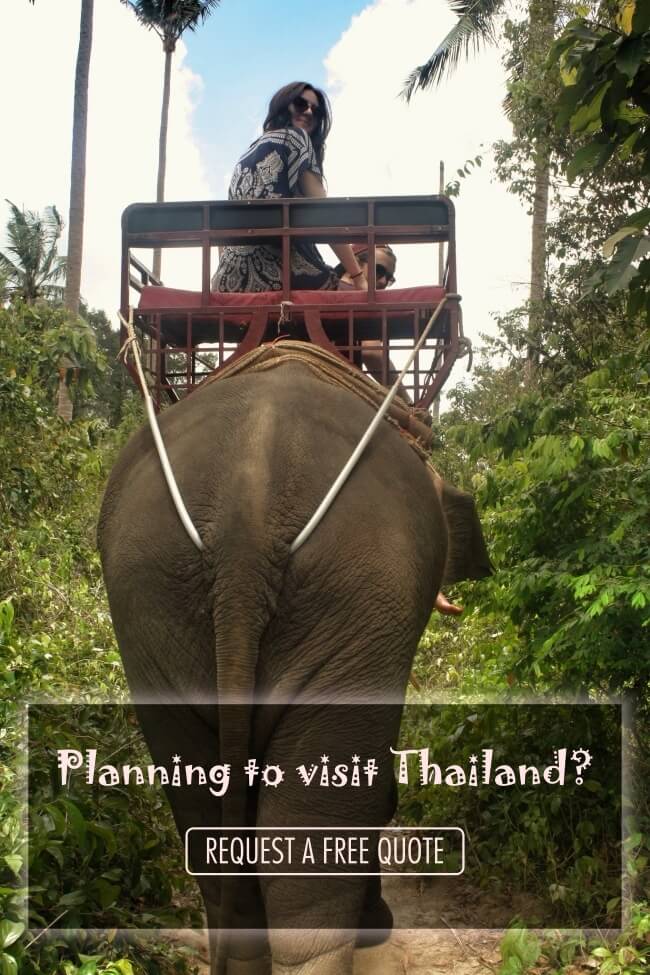Traveling by train in Thailand can be a very enjoyable experience, particularly on short, scenic jaunts such as the stretch between Bangkok and Ayutthaya. Unlike long-haul buses, trains often fill up quickly in Thailand; try to book your ticket several days in advance to get the class you want.
Thailand has a mixed assortment of trains running the rails, so whether you end up with a new, modern carriage or a squeaky, aging one is simply a matter of luck. Regardless, trains are better than buses for both scenery and the freedom to stretch the legs.
There are three classes of travel: first class is the most expensive and is available only on night trains. Second class is quite comfortable and has softer seats, as well as air-conditioned cars. Third class is bare-bones cars, with hard seats and no A/C. However, these are the cheapest seats around!
Sound not interesting, but the third class is the one you should try (especially for the short trip) as you will meet more interesting people and there are always vendors coming on and off selling delicious and cheap food.
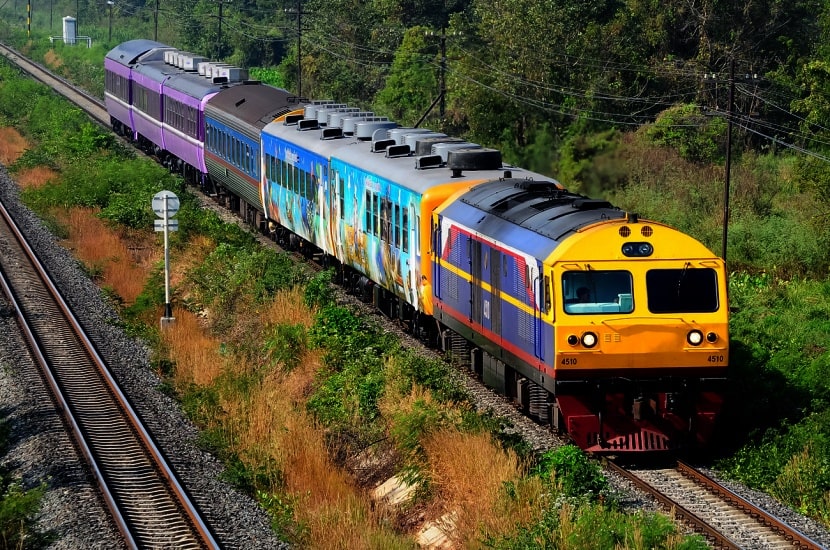
For overnight trips, travelers typically default to second-class sleeper cars. An attendant will come around to convert the facing bench seats into two bunks with privacy curtains. Top bunks are slightly cheaper but shorter in length; travelers with long legs will be cramped.
There’s no high-speed train in this country so don’t be in a rush if you’re traveling Thailand by train!
That said, traveling by train gives you plenty of time to admire the countryside of Thailand if you are not in a rush. The trains are spacious, there’s always food and drinks available, most of the cars have A/C, vendors get on and off at each stop to sell meals, fruit, or drinks, and the scenery as you cruise through the tropical countryside is out of this world.
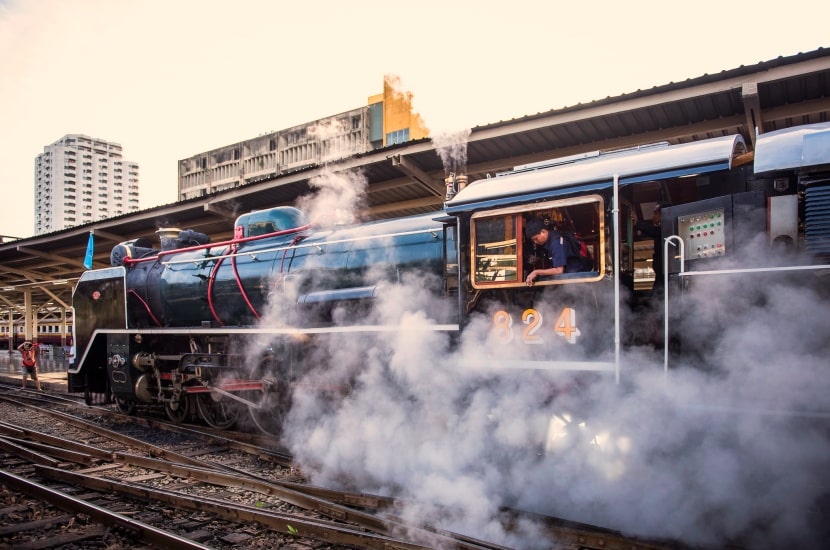
It’s also crazy cheap, especially if you take the day train. Heck, even the night train is super cheap! Here are some example fares for both day and night trains:
- Bangkok to Chiang Mai – 890 THB/$28 USD (day train), 1,011 THB/$32 USD (night train)
- Bangkok to Chumphon – 550 THB/$17 USD (day train), 920 THB/$28 USD (night train)
- Bangkok to Surat Thani – 858 THB/$26 USD (day train), 1,058 THB/$33 USD (night train)
- Bangkok to Ayutthaya – 30 THB/$1 USD (day train)
- Ayutthaya to Chiang Mai – 866 THB/$27 USD (day train), 1,131 THB/$35 USD (night train)
- Ayutthaya to Lopburi – 30 THB/$1 USD (day train)
- Bangkok to Korat (Nakhon Ratchasima) – 425 THB/$13.50 USD (day train), 1,010 THB/$32 USD (night train)
- Korat (Nakhon Ratchasima) to Surin – 300 THB/$9.50 (day train)
- Korat (Nakhon Ratchasima) to Ubon Ratchathani – 243 THB/$7.75 USD (day train), 593 THB/$19 USD (night train)
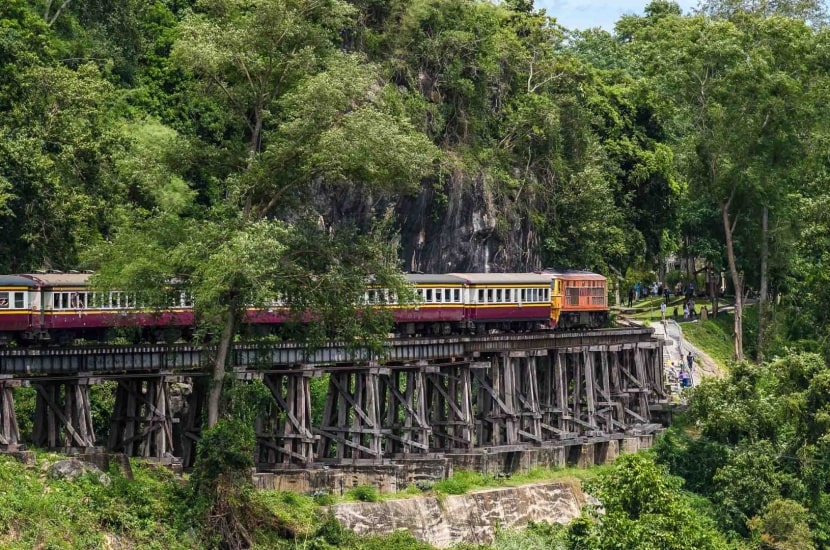
Booking at least one day in advance is strongly recommended for second- and first-class seats on all lengthy journeys, and sleepers should be booked as far in advance as possible (reservations open sixty days before departure).
You can make bookings for any journey in Thailand at the train station in any major town, and it’s now also possible to book online, at least two days in advance, at SRT’s thairailticket.com.
The website is allocated only a limited number of seats, but it allows you to pay by credit card and simply print off your ticket.
You can buy train tickets through a travel agent (there’s a slight upcharge) or directly at the train station. You can buy tickets the day of travel — there’s always space, especially on the day trains. That said, if you are looking for a bed on the night train, I would book at least three days in advance to ensure you have a reservation, especially during high season.
You can see train schedules and ticket prices on the State Railway of Thailand website (railway.co.th) or the two below websites:
